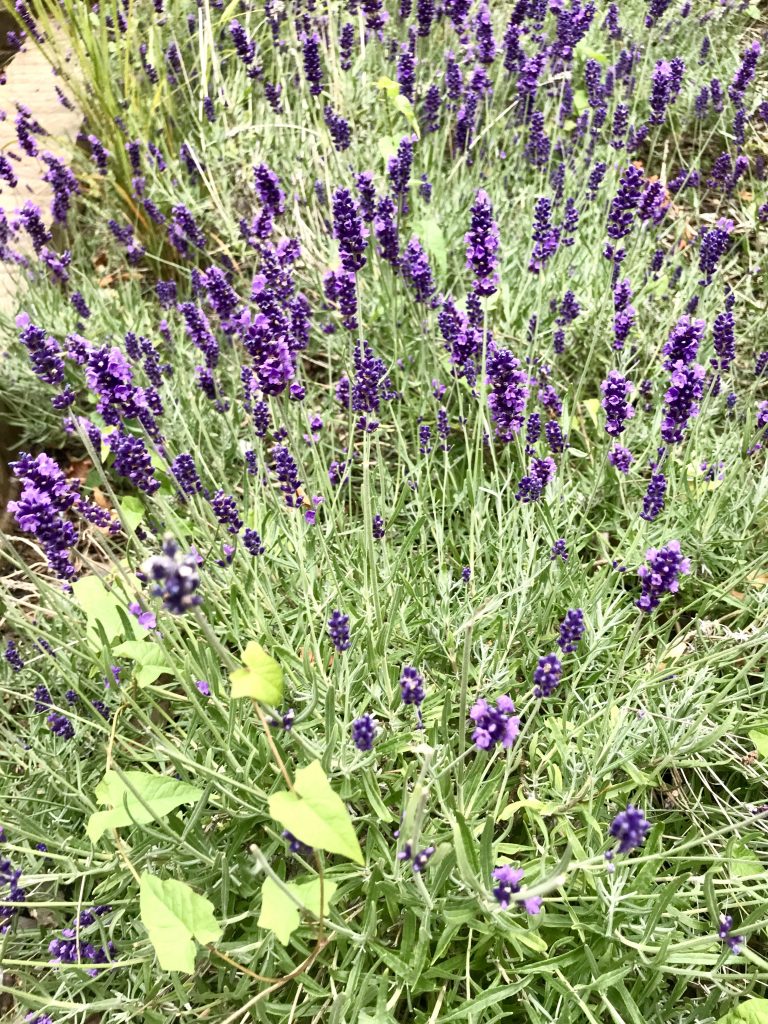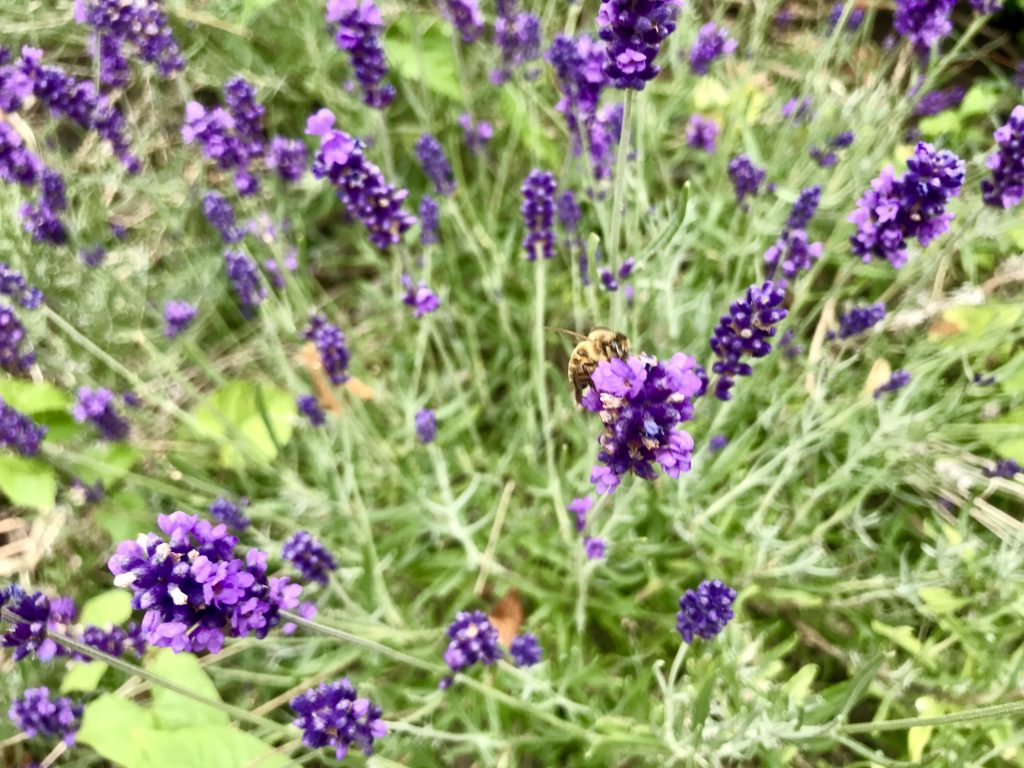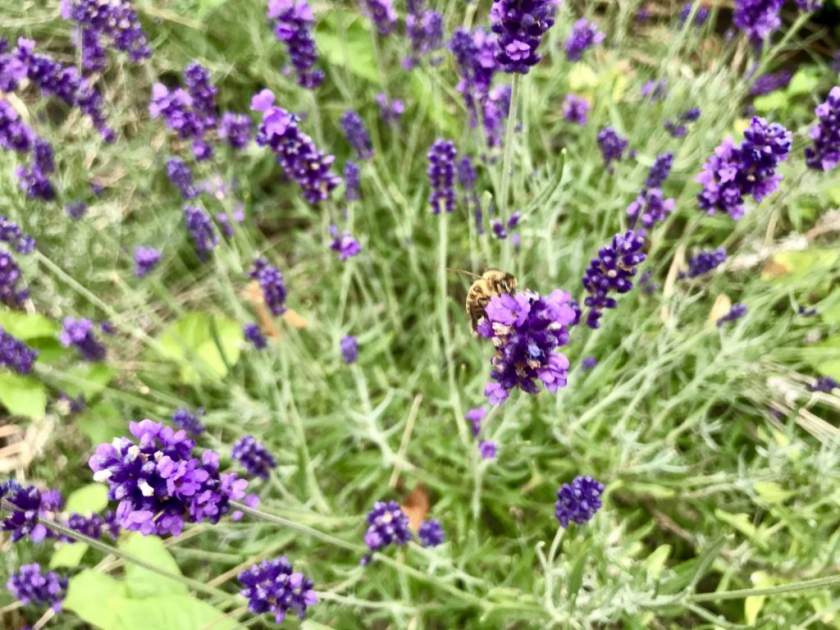Lavandula angustifolia: The Fragrant Mediterranean Perennial
Background and Characteristics: Lavandula angustifolia, commonly known as English Lavender, Garden Lavender, Common Lavender, or Narrow-leaved Lavender, is a semi-evergreen perennial plant. Despite its name, it originates from the Mediterranean region, particularly in Provence, France, where it is often found in picturesque lavender fields. Lavandula angustifolia belongs to the Lamiaceae family, which is also known as the mint family.
Description and Habitat: Lavandula angustifolia typically reaches a height of around 3 feet or 90 centimeters. It features gray-green foliage that retains its color throughout most of the year. In winter, the leaves may transition to a bronze hue. The plant blooms in the summer, boasting beautiful violet flowers that exude a delightful fragrance. While other cultivated colors exist, violet is the original and most common hue of Lavandula angustifolia flowers.
Cultivation of Lavandula angustifolia:
Sunlight: Lavandula angustifolia thrives in full sun exposure. Ensure the plant receives ample sunlight for optimal growth and flowering.
Soil and Drainage: Plant Lavandula angustifolia in well-drained soil, which can be of average or poor quality. The plant demonstrates adaptability to different soil conditions. However, maintaining proper drainage is crucial to prevent waterlogging and root rot.
Watering: Lavandula angustifolia is known for its drought tolerance. Once established, the plant requires minimal watering. Allow the soil to dry out slightly between waterings to prevent overwatering, which can lead to root issues.
Fertilizing: Generally, Lavandula angustifolia does not require heavy fertilization. However, incorporating organic matter or a balanced slow-release fertilizer during planting can provide essential nutrients for healthy growth. Avoid excessive nitrogen fertilizers, as they can promote excessive foliage growth at the expense of flower production.
Pest and Disease Control: Lavandula angustifolia exhibits good resistance to pests and diseases. Its strong fragrance often deters common pests. However, be vigilant for any signs of aphids or fungal diseases, such as root rot or powdery mildew. Promptly address any pest or disease issues to ensure the plant’s vitality.
Propagating and Maintenance:
Lavandula angustifolia can be propagated through various methods, including division, seeds, or cuttings taken during the summer. Divide mature plants every few years to rejuvenate them and create new plants. Collect seeds from the spent flower heads, sow them in well-drained soil, and keep them moist until germination occurs. Additionally, take softwood or semi-hardwood cuttings and provide them with a suitable rooting environment to establish new plants.
Pruning: After the flowers have finished blooming, it is advisable to lightly prune Lavandula angustifolia. This promotes a tidy appearance and encourages bushier growth for the following season. Trim back the flower stalks and remove any dead or damaged foliage, being careful not to cut into the woody stems.
Embrace the Fragrance and Versatility of Lavandula angustifolia: Lavandula angustifolia, or English Lavender, with its fragrant violet flowers, gray-green foliage, and adaptability to various growing conditions, brings beauty and charm to any garden or landscape. Enjoy its aromatic presence in potpourri, perfumes, and culinary applications. Whether used as a natural groundcover or as a striking addition to borders, Lavandula angustifolia‘s resilience, fragrance, and versatile nature make it a beloved choice among gardeners and lavender enthusiasts alike.


See also Lavandula stoechas




